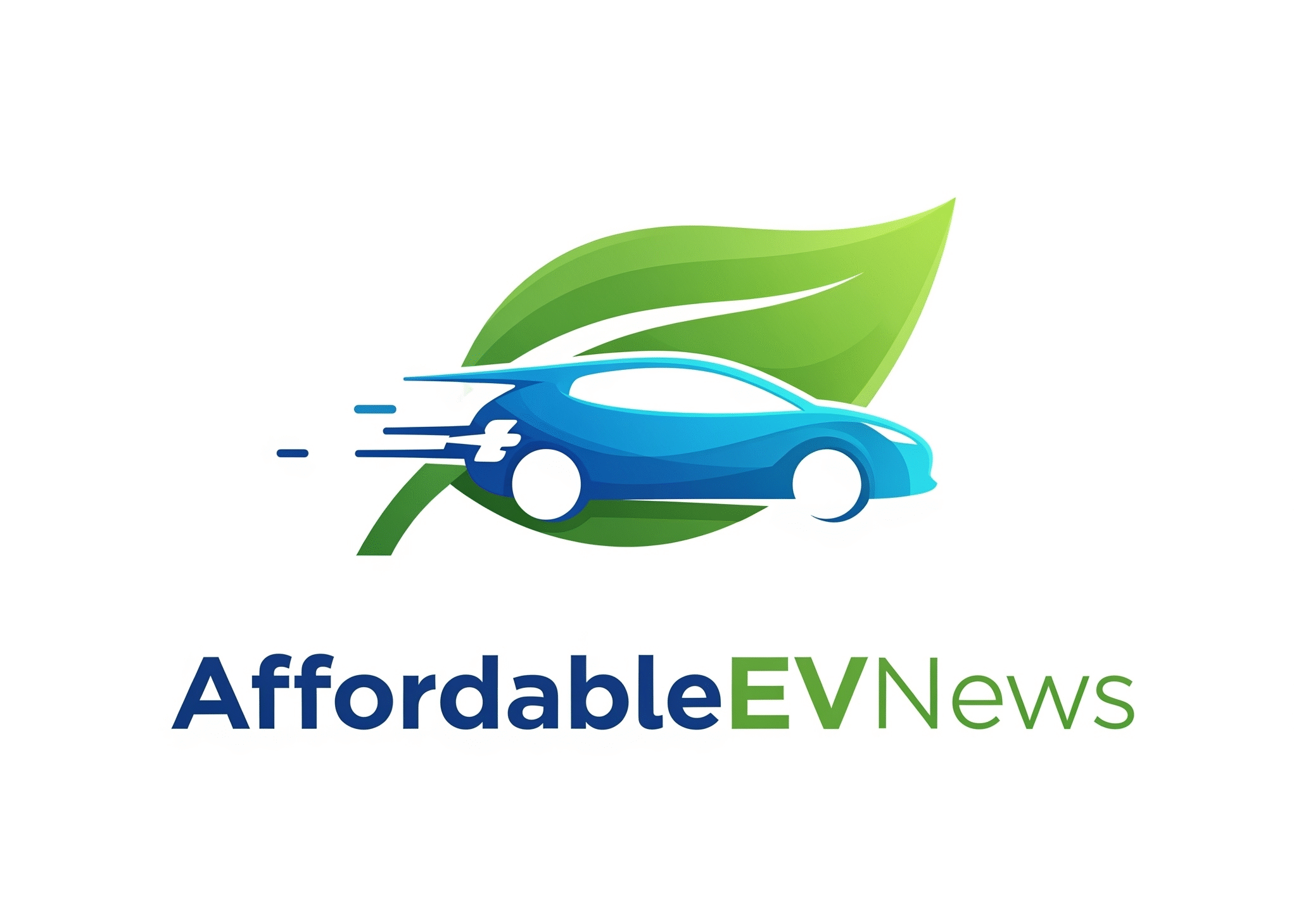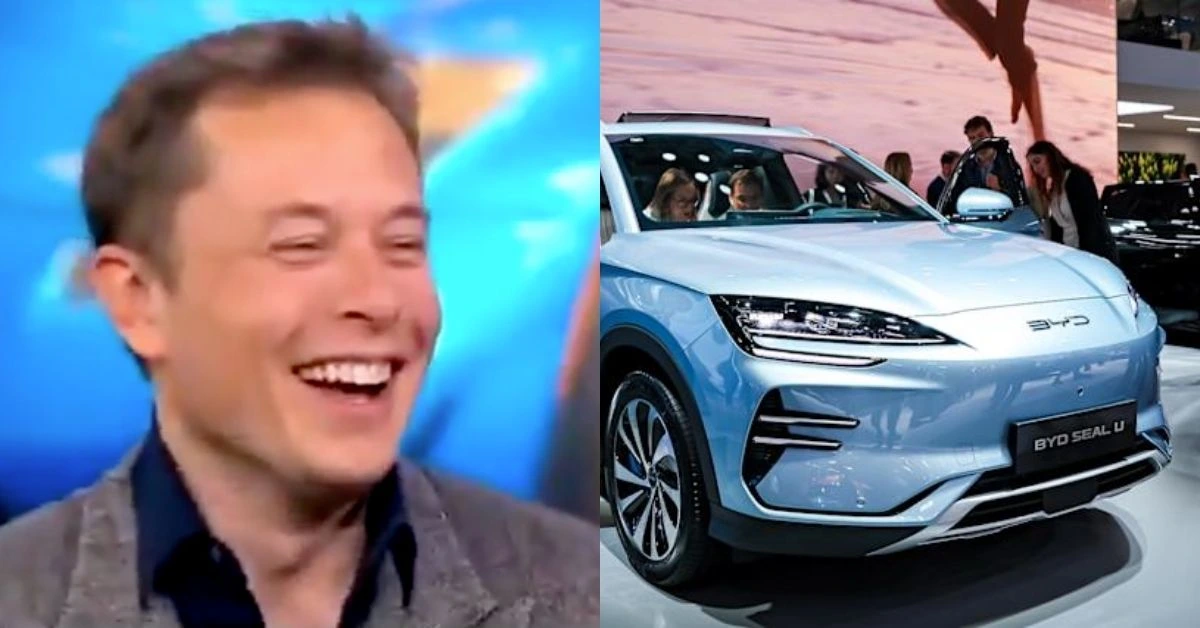In 2011, Elon Musk mocked BYD. Fast forward to 2025, and BYD is challenging Tesla in global EV sales and autonomy. See how the tables have turned.
Once dismissed by Elon Musk with the quip, “Have you seen their cars?”, BYD has become a global force few can ignore. By Q2 2025, BYD posted over 980,000 vehicle sales (607,000 of them BEVs), outpacing Tesla’s 443,956 units in the same period. BYD’s decision to exclusively sell plug-in vehicles (electric and PHEV) since 2022 accelerated its growth, with sales leaping from 1.8 million in 2022 to a projected 5.5 million in 2025.
Key BYD Advantages
- Global Ubiquity: Rapid expansion across China, Europe, Southeast Asia, Latin America, the Middle East.
- Affordability Meets Engineering: Producing compelling EVs and PHEVs that match or undercut Toyota hybrids on price, often with better features.
- Technological Edge: Highly efficient heat pump systems, strong customer satisfaction reports, and a growing reputation for reliability.
- Market Impact: Industry consensus in some regions (like Australia) sees BYD vehicles as high-value; many buyers own multiple BYDs.
| Year | BYD Total Sales (est.) | BEV Sales (Q2 2025) |
|---|---|---|
| 2022 | 1.8 million | – |
| 2023 | 3.0 million | – |
| 2024 | 4.3 million | – |
| 2025 | 5.5 million | 607,000 |
Tesla’s Stagnation and Strategic Identity Shift
Having set the trailblazing standard for modern electric vehicles, Tesla now finds itself in a new, less dominant position.
Tesla’s Shifting Focus
- Product Reality: Tesla sales have plateaued (and are described as “Mazda-like” in some circles), with more weight now placed on the perceived potential of its tech than on raw vehicle sales growth.
- Autonomy Over Vehicles: The brand’s status as an EV innovator has faded; its new focus centers on AI, machine learning, and robotics—though critics argue Tesla doesn’t lead in these areas.
- Competitive Perks Remain: Models like the Model Y still offer a compelling package of price, performance, and tech, especially in the U.S. where direct Chinese EV competition is currently absent.
The Cybertruck Saga
Praised for its ambitious tech (48V systems, steer-by-wire, etc.), the Cybertruck launch has been marred by significant reliability issues:
- Eight recalls since December 2023.
- Problems ranging from falling body panels to stuck accelerators, backup camera lags, and inverter failures.
- Sales have halved year-over-year and tumbled 32% in Q2 compared to Q1.
- Some touted innovations have been challenged as flawed or not truly groundbreaking.
| Tesla EV Model (Q2 2025) | Units Delivered | US Market Share |
|---|---|---|
| All Models | 247,635 | 44.7% |
| Model Y | Leading model | – |
| Cybertruck | Declining | – |
Robotaxi and Autonomy: Tesla vs. WeRide
Tesla: Stalled at the Beta?
- Full Self-Driving (FSD): Tesla continues public beta testing of FSD, but progress has been slow and marred by skepticism, particularly due to its insistence on a vision-only (camera-based) approach, eschewing radar and lidar.
- Perceived Stubbornness: Critics say Musk’s refusal to employ affordable hardware sensors has hamstrung real-world robotaxi progress. Demo events have failed to impress.
- Market Perception: Tesla is now often viewed as more hype than hardware in the autonomy space.
WeRide: Quiet Execution
- Rollouts at Scale: While Tesla’s robotaxi remains in beta, WeRide has deployed autonomous vehicles on public roads—at scale and without safety drivers.
- No Hype, Real Results: WeRide’s slow, careful ramp-up stands in stark contrast to Tesla’s publicity-heavy style; their results are less flashy, but more tangible.
The US EV Market and The Global Shift
- US Snapshot (H1 2025):
- 607,089 new EVs sold, a slight YoY dip in Q2.
- Tesla remains market leader, but new models and sales incentives are making the space more diverse.
- Used EV sales are booming, exceeding 100,000 units in Q2—a new record.
- China’s Supremacy: Over 3 million new EVs sold in H1 2025, bolstered by lower engineering costs and robust government support.
- Competitive Tension: Many analysts believe that if Chinese EVs were allowed unrestricted access to the US, they could dramatically disrupt the current hierarchy.
Key Players’ Strengths and Trends
| Player | Key Strengths | Challenges | 2025 Outlook |
|---|---|---|---|
| BYD | Aggressive growth, price, global sales, tech | US market access | Dominant in China, strong global rise |
| Tesla | Still competitive in value/performance (US), legacy brand | Flagging innovation, reliability issues, autonomy skepticism | Market share under pressure, tech hype faces reality |
| WeRide | Robotaxi execution, operational scale | Brand visibility (outside China), not a direct seller | Quietly setting AV benchmarks |
An Industry in Motion: From Solo Sprint to Marathon
The global EV and self-driving race has decisively shifted from a one-man sprint to a vying pack of marathon contenders. Tesla, once the solitary pacesetter, is now keeping pace rather than setting it—facing serious pressure from BYD’s market muscle and the stealthy, effective progress of autonomous companies like WeRide.
The finish line is nowhere in sight, and victory is no longer a foregone conclusion for Silicon Valley’s first champion. The next laps will hinge on true innovation, not headlines—hardware that works in the real world, customer satisfaction, and the ability to deliver not just promises, but practical, safe, and affordable electric mobility at scale.

